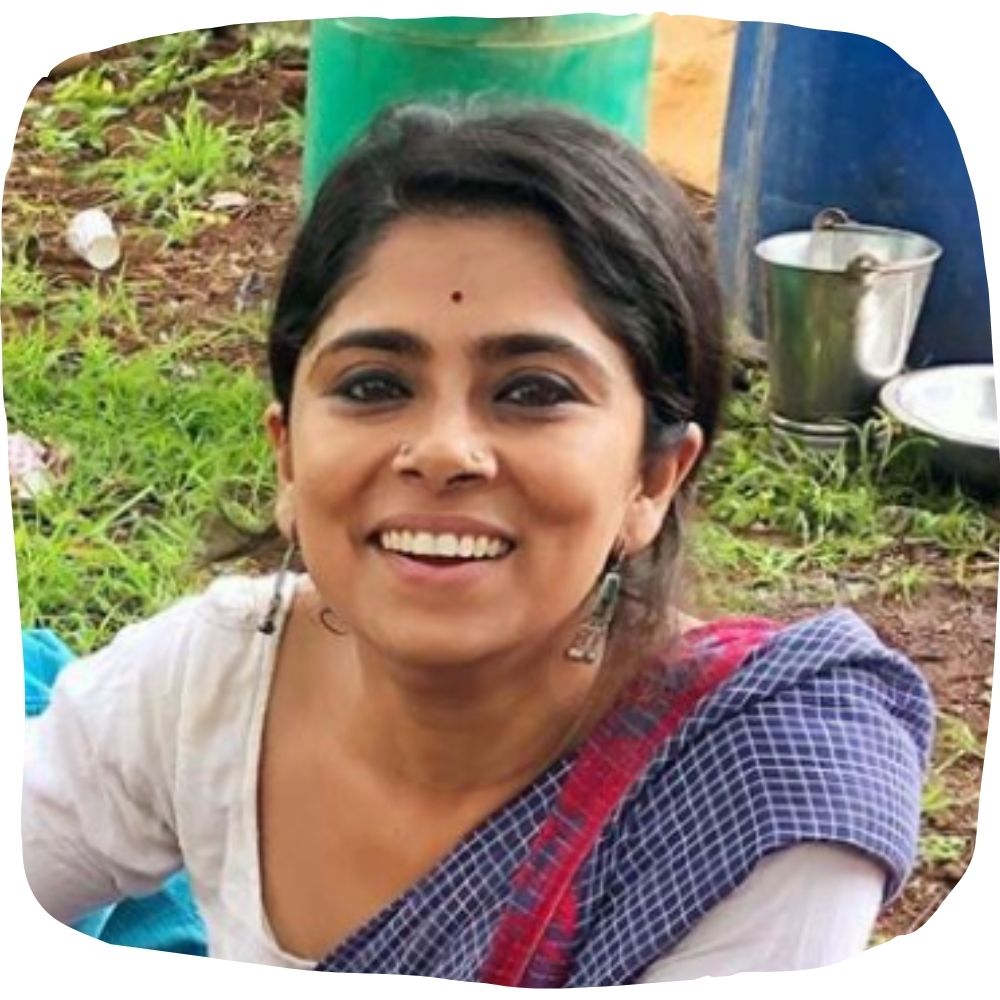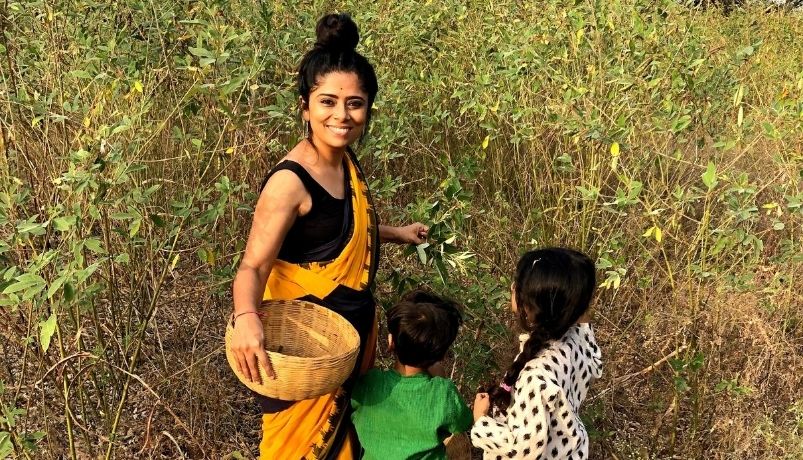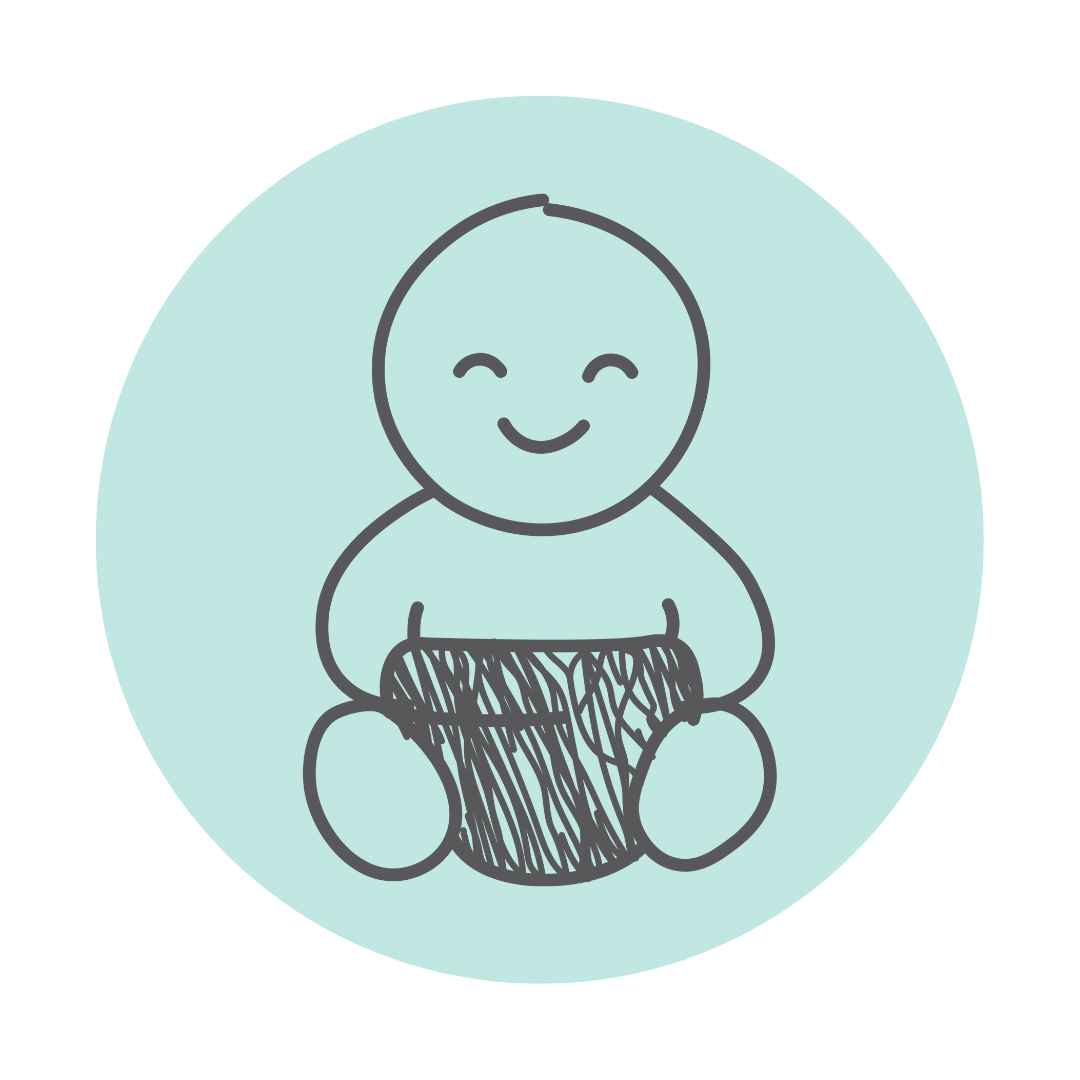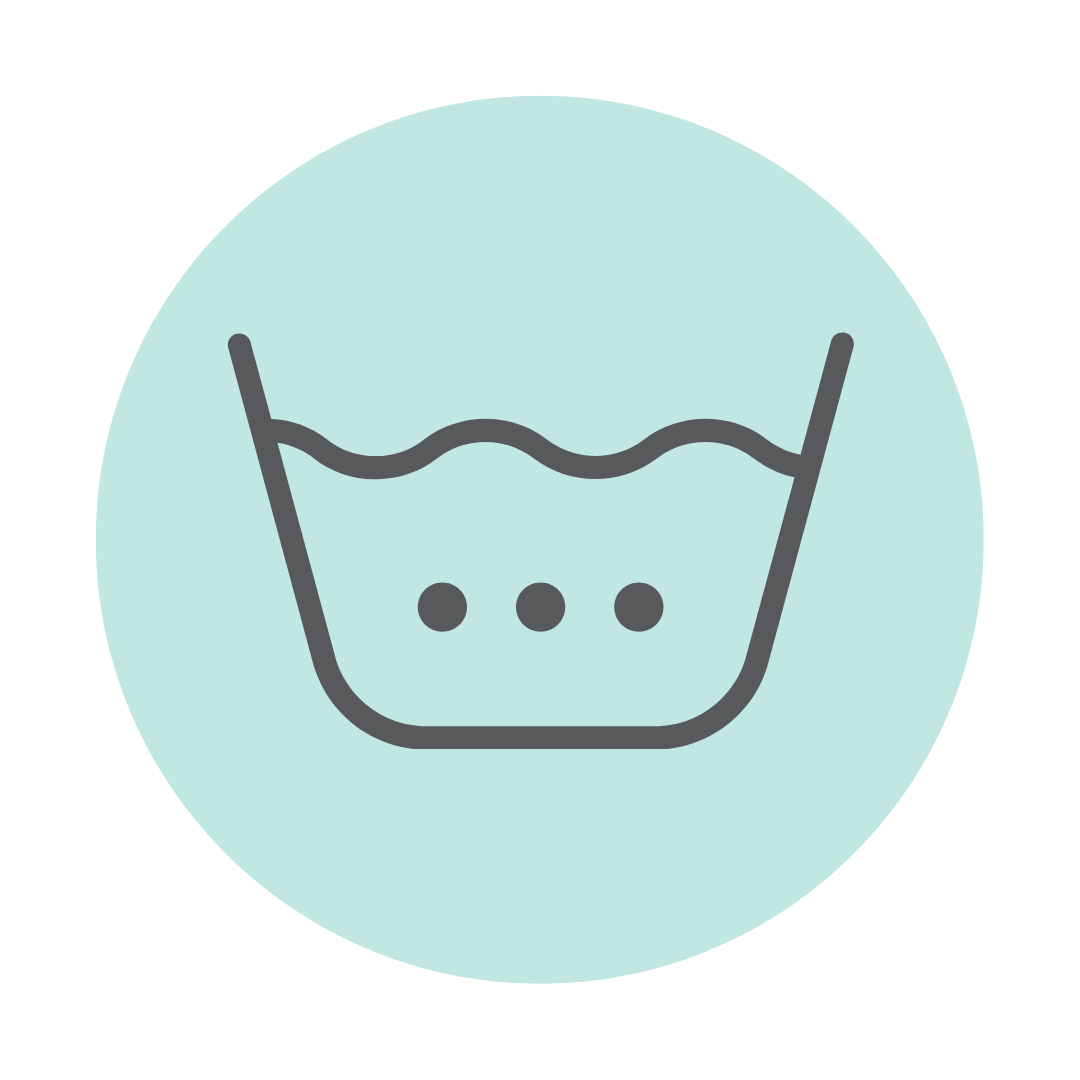Concerns about the future? Start them young
Yesterday, my daughter asked me as to when everyone will start using electric cars. Puzzled, I asked her why. She replied, ‘Am worried the glaciers will melt and our house will be flooded’.
Her anxiousness about the planet, left me feeling if she had eco anxiety. This made me realise how conversations about climate change has an effect on kids’ brain and how they are worried for their future.
As parents we always want the best for our child. But looking at the speed at which we are exploiting our resources is scary. A simple thing like quality of life wtih respect to pure air and water seem to be a wishful thinking and that is why it has become extremely important to raise kids consciously, making them more compassionate towards our planet.
Baby steps into sustainable living
Being a sustainable parent needn’t be overwhelming. Inculcating small eco-friendly habits in the family can go a really long way. I was relatively minimalistic before becoming a parent but became even more conscious after I delivered my first child. If we read or hear news about water problems or of pesticides in vegetables – the first thing we think about, is our kids. For me, it was very scary to read those articles and I told myself, if I want to make a better and healthier place for my child, I will have to make an effort. Our kids try to emulate us in every way possible, so the best time to teach a kid on sustainability is in their young age.
Here are some easy ways to be an eco-friendly parent
1.Carry your own water bottle, cloth bag and cutlery.
Nearly 80 percent of disposable water bottles and plastic bags land up in landfills. We can always carry our own reusable bags like Kol Kol Tote Bags for shopping and water bottles and reduce the number of plastic items going to the landfill.
When you order food, you can request for no plastic cutlery ,condiments and tissues. While dining out, carry your own cutlery like steel straws, spoons, forks or plates. If the restaurant or food truck serves food in disposable plates and spoons, you can use the ones you have carried with you. You can also take the leftover food in your box back home. If the weight of carrying steel cutlery is bothersome, eco-friendly disposable cutlery are an option as they can be composted after use.


2. Use cloth diapers
Just like menstrual pads, disposable baby diapers are causing havoc on the environment. Billions of diapers are disposed off in landfills with human excreta which further leaches into our ground water resources contaminating it. Further one, they take nearly 500 years to decompose. It took me some time to realize how our parents and grandparents used the best eco-friendly methods such as elimination communication (the whistling sound our parents made). As per my mother, I was potty trained by 1 year of age. I am not shaming disposable diapers as they have proved to be a blessing to many– but we can put some effort wherever we can. Second option is to use reusable, modern cloth diapers which are made of a waterproof synthetic outer material and an absorbent inner material made of natural fibers like bamboo/hemp/cotton or synthetic fabric like microfiber. These can be used from birth until the baby potty trains a few years down the line. If you do a comparative analysis then cloth diapers prove to be economical as well. The only con is that you need water to clean them and sunlight to dry but the water load on the environment is still lesser than what’s used during the manufacturing of disposable diapers.
3.Start composting
Composting organic waste and turning into brown gold can be a liberating and a rewarding experience. Nowadays, there are many composters available for domestic purposes. Involving kids and making it a daily activity also works as a medium to teach kids about microbes/ gases etc.
4. Make your own natural cleaning solutions
Do you know how commercially available household cleaners like toilet cleaner plays a big havoc on the ground water? The harmful chemicals are polluting our ground water, rivers and oceans and even the food growing in our farmlands. One can easily make bio enzymes at home using citrus peels, jaggery and water which can used as multipurpose cleaner for home usage. Do this DIY liquid cleaner activity with kids and help them understand how fermentation happens. Laundry detergent are non-biodegradable and have micro beads which contribute to micro plastic pollution in our water bodies which also affects marine life. Many people have been using soapnuts since ages for washing clothes. Soapnut is a wonder product. If you don’t like the smell of it, you can add some amount of bioenzyme to soapnut solution to make it pleasant and stronger. Commercial products with non-toxic powder and soaps for clothes are available as well if soapnuts/bioenzyme don’t suit you.
5. Buy preloved clothes/books/toys/furniture etc.
Growing up, wearing hand me down clothes from cousins and friends was fairly common practice. I did not know at that time that my parents were playing an indirect role in teaching me sustainability by making sure the life cycle of a garment or a toy is used for its maximum time. Hand me down/preloved clothes or toys play an important role in reducing your carbon footprint. These days there are various websites/Facebook groups where you can buy preloved kids’ stuff.


6.Buy local think global
When we buy from local brands, it helps in creating jobs and this helps in boosting local economy. I am so happy to see a staggering rise in the number of homegrown brands in India including our very own Kol Kol who source fabric directly from weavers. Buying local plays an important role in the maintaining the livelihood of artisans, weavers and craftsperson.
7. Buy or make your toiletries
Commerical lotions/shampoos/creams/powder are loaded with harmful chemicals like parabens which are harmful for our child’s as well as adult skin. There are many small scale organic brands which have come up with non-toxic soaps and other skin related products. If you don’t want to spend money on organic skin care then you can always diy your own shampoo using soapnuts or pindi as soap from lentils
8. Help your child learn to conserve water
Inculcate habits that will last forever. Give them a glass of water to use for brushing , gargling and cleaning their teeth to avoid usage of the tap and excessive water. Avoid taking showers and use a bucket and mug instead. Get them to participate in cleaning vegetables, rice and pulses and use the same for watering plants. Teach them to turn off the faucets when washing their hands so they do not let water simply run down the drain. If using a RO water purifier, most of them reject approximately 75% water during the purification process. Collect this water to use to mop the floor, water your plants and clean utensils. You can also keep it in the bathroom and use the water instead of flushing every time. You can do the same from the water that comes out of the air-conditioner.
It’s okay to fail, but fail and rise!
Sustainable lifestyle isn’t just about a plastic free life. It is about being content with what you have and living in harmony with nature. Sometimes, it gets overwhelming while you are in the path of sustainability and it is okay to make mistakes. As long as we keep striving to make our planet better it is okay.



Follow Kamana on Instagram








